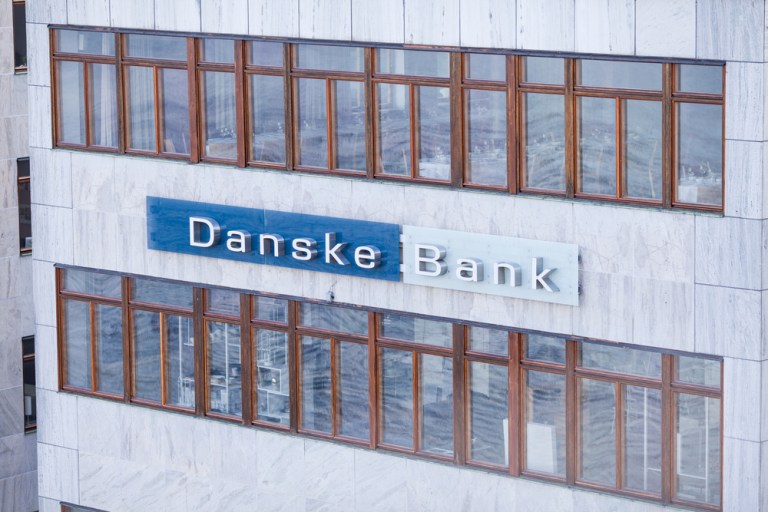Scandal-Ridden Danske Handled More Than $1T In X-Border Payments

Danske Bank, which is involved in a 200 billion euro ($230 billion) money laundering scandal in Estonia, revealed that it processed more than $1 trillion in cross-border payments in and out of the country between 2008 and 2015.
In September, Denmark’s largest bank launched an inquiry to see if companies with ties to Russia were laundering money through the bank. Danske has been specifically looking at $150 billion in transactions that were sent through its small branch in Estonia. The money covers a period from 2007 and 2015, and would equal more than a year’s worth of corporate profits for all of Russia at the time.
“Statistics show clearly that a large share of total cross-border payments was processed by Danske Bank,” the Estonian central bank said in a statement this week, according to Reuters.
At the peak in 2013, Danske Bank processed 29.8 billion euros of payments going out of the country, and in the 2008-2015 period, the financial institution processed 147.7 billion euros of the total 446.5 billion payments leaving the country.
Swedbank, SEB and Nordea processed 104.5 billion euros, 74.8 billion euros and 44.4 billion euros, respectively, according to Danske.
Last month, the Danish Financial Supervisory Authority announced that it had reopened an inquiry into the bank. In May it reprimanded the bank and told it to set aside $800 million in capital to cover any potential risks from the scandal. However, the DFSA doesn’t have the authority to slap the bank with fines. The regulator was prompted to reopen the investigation after Danske Bank said that employees of its Estonian branch didn’t conduct basic background checks on customers who lived outside the country.
Also in September, CEO Thomas Borgen announced that he would be stepping down from the bank. It has been reported that analysts expect fines to be anywhere from $600 million to billions of dollars if the U.S. decides to institute fines as well.